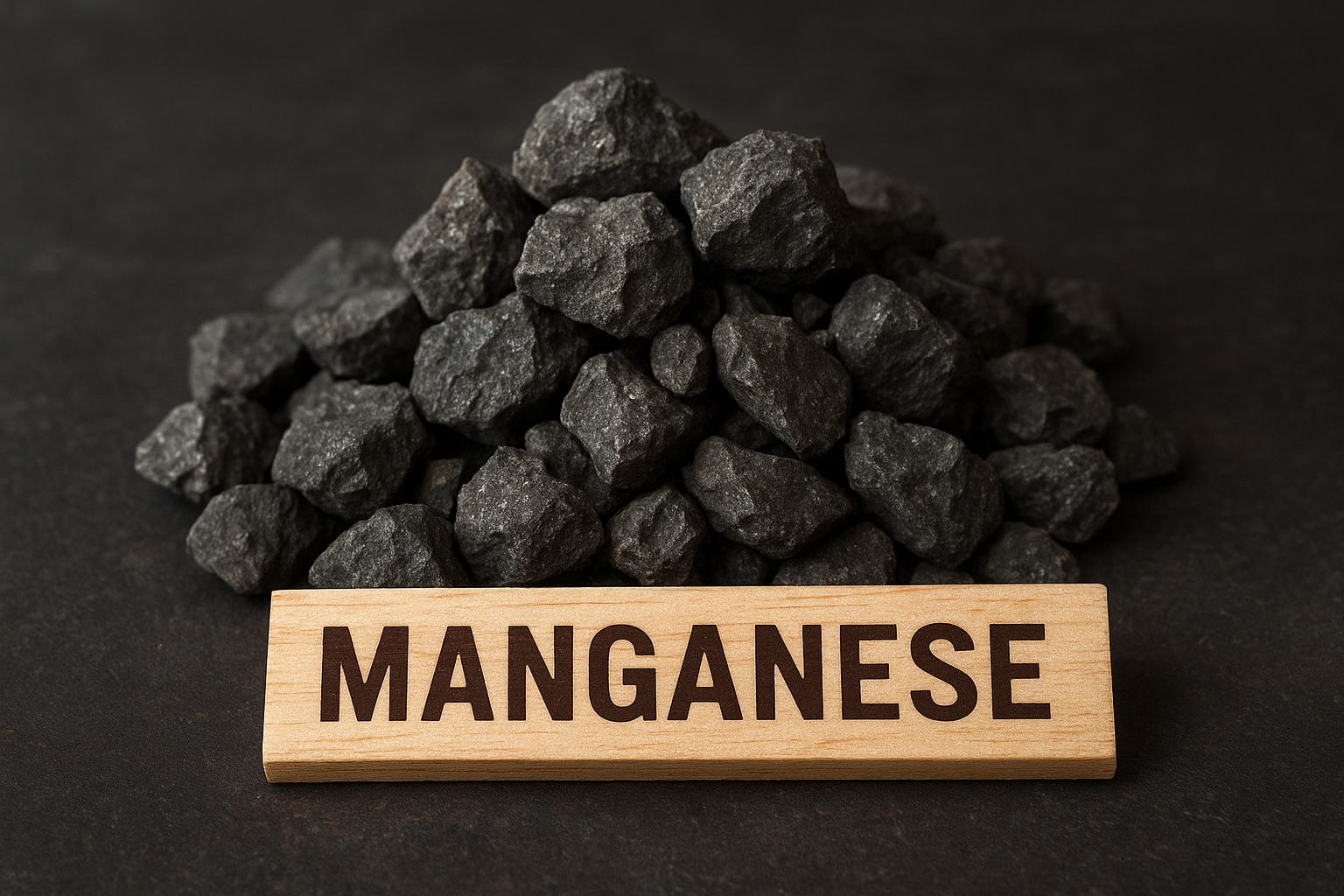Manganese markets are showing a tale of two sides: robust supply but cautious demand. In its latest quarterly production update, South32 Ltd. (ASX: S32) surprised analysts with a 135% jump in manganese output, far exceeding expectations and reinforcing its position as one of the world’s leading producers of this essential energy-transition metal. Yet, despite the strong production figures, manganese ore prices in China remain largely flat, a signal that downstream buyers — particularly in the steel and EV battery sectors — are still hesitant to restock.
The disconnect between surging supply and subdued demand highlights one of the most critical dynamics in global commodity markets: production growth alone doesn’t guarantee price momentum. For investors, this mixed performance underscores a need to look beyond output numbers and focus on where real demand is forming — or faltering.
Supply Surges, But Prices Stay Flat
Reuters reported that South32’s quarterly manganese output soared, driven primarily by improved operations at its Australia Manganese and South Africa Manganese divisions. Production reached 1.27 million tonnes, marking a sharp rebound after weather-related disruptions and logistical bottlenecks earlier in the year.
However, even as supply has accelerated, Shanghai Metals Market (SMM) data indicates that manganese ore prices have moved only slightly higher, holding near US$4.70–4.90 per dry metric tonne unit (dmtu). Traders in China cite a “just-in-time” buying strategy by steel producers, with mills opting to maintain low inventories amid uncertainty about construction activity and steel margins.
The result: a well-supplied upstream market, but a downstream sector that’s yet to meaningfully absorb the additional tonnage.
Why This Matters for Investors
For investors, the manganese story cuts to the heart of a broader metals market theme — the asymmetric recovery between raw material supply and industrial demand.
Manganese is vital for two key demand pillars:
- Steelmaking, where it improves strength and durability, accounting for roughly 90% of global manganese use.
- Battery technology, particularly in emerging nickel-manganese-cobalt (NMC) chemistries used in EV batteries.
While the steel industry remains the dominant consumer, its outlook has weakened. China’s property slowdown continues to drag on steel output, while European mills are still operating below capacity due to energy costs and weak construction demand. As a result, steelmakers have adopted a defensive procurement stance, focusing on short-term contracts and avoiding large restocking cycles.
By contrast, the energy storage sector offers a more optimistic path forward. The International Energy Agency (IEA) forecasts that demand for high-purity manganese sulfate — a key battery precursor — could grow tenfold by 2030, driven by EV adoption. However, most of that growth is expected post-2026, leaving a short-term gap between mining output and downstream demand.
Global Market Sentiment: Supply Growth vs. Structural Transition
According to BloombergNEF, global manganese production capacity has increased by over 8% year-on-year, but the majority of this new capacity serves traditional steel applications. Transitioning that output toward battery-grade products requires significant investment in refining infrastructure, a space where only a handful of players — notably Eramet, South32, and emerging producers in China and Indonesia — currently operate.
At the same time, geopolitical and trade dynamics continue to shape the sector. China’s dominant position in manganese refining gives it substantial leverage over pricing and supply chain stability, especially as Western automakers seek to “de-risk” EV battery inputs. The U.S. Department of Energy has already listed manganese as a critical mineral, and several projects in Africa and Australia are now drawing increased investor attention.
Future Trends to Watch
- Restocking Cycle Potential:
If Chinese steel mills begin restocking in early 2026, spot manganese ore prices could rebound quickly, particularly given the limited inventory buffer across Asia. - Battery-Grade Manganese Expansion:
The global shift toward NMC and LMFP (lithium manganese iron phosphate) battery chemistries could significantly increase demand for high-purity manganese sulfate by 2027. Investors should monitor players transitioning from ore exports to refining. - Policy and Incentive Programs:
Government-backed initiatives in the U.S., EU, and Australia to localize critical mineral processing could fast-track manganese refining capacity outside China — potentially benefiting exploration-stage and mid-tier producers.
Key Investment Insight
The manganese market’s short-term softness masks a longer-term structural opportunity. Investors should distinguish between:
- Upstream miners (like South32) that benefit from production scale and low costs.
- Midstream refiners building high-purity manganese processing capacity for EV applications.
- Exploration and development companies positioned to supply these new supply chains.
While steel demand remains the near-term barometer for manganese pricing, the energy transition narrative is steadily gaining traction. Strategic exposure to both ends of the supply chain — mining and battery-grade refining — could offer the best balance of risk and upside.
As the market adjusts to shifting demand dynamics, investors who focus on quality producers, cost efficiency, and exposure to next-generation applications may stand to benefit most.
For ongoing coverage of global metals markets, critical minerals, and exploration trends, stay updated with explorationstocks.com — your trusted source for daily investor intelligence.






